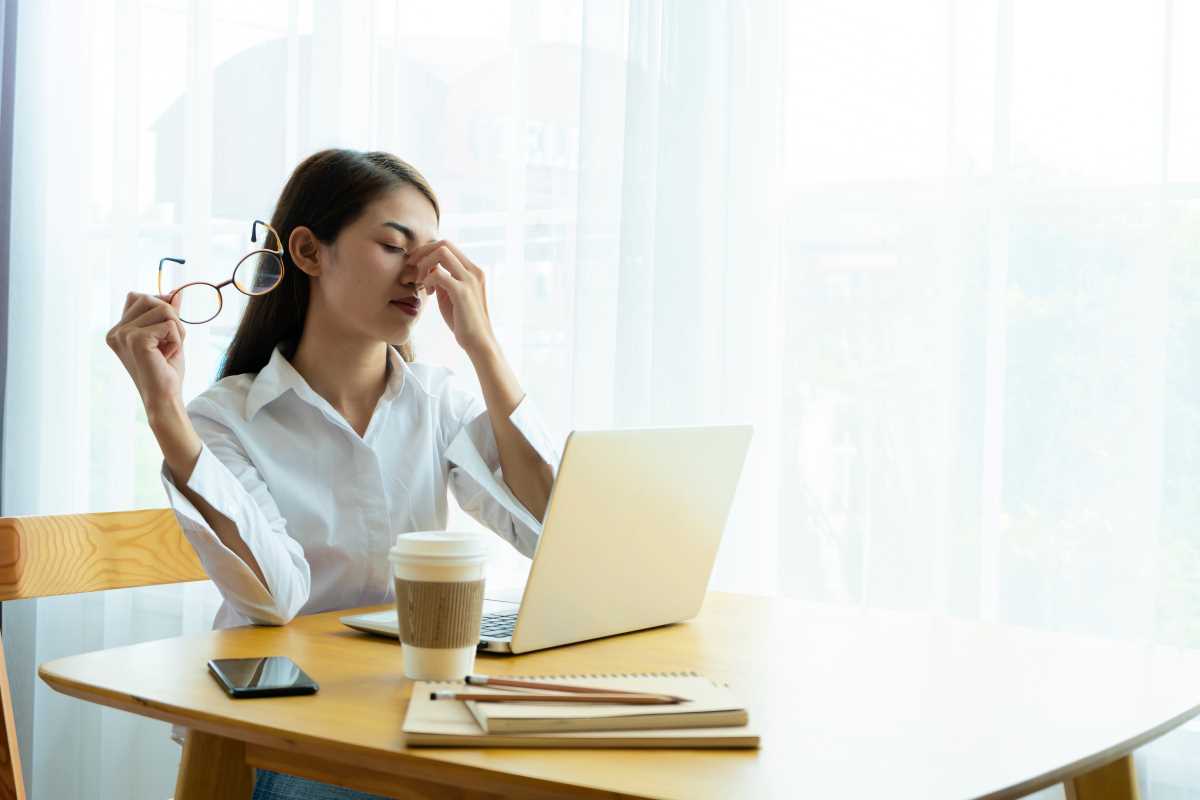Countless screens fill our daily routines, from the gentle glow of bedtime reading to the vibrant visuals of weekend learning sessions. As our eyes move continuously from one digital display to another, we may notice a gradual sense of tiredness setting in, even if it goes unspoken. Shifting how we think about our time with digital devices opens the door to greater ease and well-being. In the sections ahead, you will find practical suggestions that make it easier to reflect on your own habits and discover ways to feel more comfortable while using screens, whether for work or relaxation.
Seeing Screens Through a New Perspective
Exploring the sensations that follow long hours under artificial glow reveals hidden opportunities to adjust visual comfort. By paying attention to subtle shifts—like a slight blur at the edges of words or increased awareness of dry patches—readers can rethink device interactions in ways that honor natural eye movement and restful patterns. Recognizing eye strain as a signal rather than just downtime allows you to take intentional pauses that invigorate instead of interrupt.
Mindful awareness of screen habits bridges the gap between awareness and action. Noticing whether your gaze stays too long on a single point or whether lighting contrasts feel harsh leads you to make quick adjustments. This process highlights the quiet power of small shifts—dimming brightness by just ten percent, angling your device slightly downward, or adding brief breaks for focused distance viewing. Each tweak creates a more vibrant engagement with screens that support learning, creativity, and connection.
Hands-On Adjustments for Softer Gaze
Reduce eye strain, soften visual fatigue, and support long-term screen comfort with these proven techniques.
1. Screen Glare Controls
Tool: Anti-glare screen filter
- Steps:
- Clean the screen with a lint-free cloth.
- Align the filter at the top edge.
- Press gently until adhesive secures it in place.
- Cost/Availability: $10–$25; available online or in electronics stores
- Insider Tip: Choose a matte finish to diffuse reflections and avoid sharp contrast areas.
2. Ambient Lighting Tweak
Tool: Soft-positioned LED lamp
- Steps:
- Place a lamp six feet behind or beside your screen at eye level.
- Use a 10–12W warm LED bulb.
- Adjust the shade height so light reflects indirectly, not directly on the screen.
- Cost: ~$5 per bulb
- Insider Tip: Wrap a thin white cloth around the lamp shade to create a gentle, diffused glow.
3. 20/20/20 Interval Method
Tool: Timer or alarm app
- Steps:
- Every 20 minutes, look at an object 20 feet away for 20 seconds.
- Choose a visual target across the room or out a window.
- Use a smartphone alarm to stay consistent.
- Cost: Free with most devices
- Insider Tip: Use a sticky note on your screen corner to build the habit until it becomes reflexive.
4. Font and Contrast Adjustment
Tool: Built-in accessibility settings
- Steps:
- Open display/accessibility preferences.
- Increase font size by 2–3 points.
- Lower contrast slightly or switch to softer background colors (e.g., beige).
- Cost: Free on all major operating systems
- Insider Tip: Reducing white-on-black contrast prevents light streaks and flash after image effects when closing your eyes.
5. Microbreak Eye Exercises
Tool: None needed
- Steps:
- Close eyes gently for five seconds.
- Look right for three seconds, then left for three seconds.
- Shift gaze to something at arm’s length and back.
- Repeat the cycle five times per hour.
- Cost: Free and instantly accessible
- Insider Tip: Do exercises right after receiving notifications—turn distractions into recovery prompts.
Small Routine Shifts for Comfort All Day
Incorporate screen-free pauses, posture resets, and light movement to refresh focus and ease strain throughout the day. Adjust your space with supportive seating, natural light, and elbow-height desks for lasting visual comfort. These small shifts help your body and eyes stay energized—so every task feels a little brighter.







